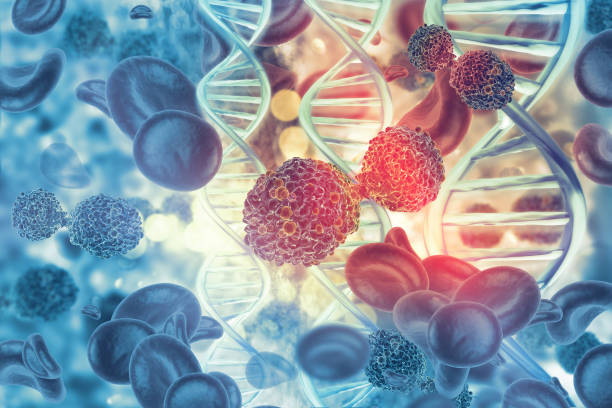Although skin cancer is one of the most prevalent forms of cancer, patients now have new hope thanks to advancements in treatment. Innovative approaches have been developed by modern medical techniques to combat this disease effectively. These therapies offer a variety of approaches to eliminate or destroy malignant cells, from non-invasive alternatives to surgical techniques. This post will go over six innovative therapies that are having a big influence on the battle against skin cancer.
Excision of Skin Cancer:
Excision of skin cancer is a popular and successful method of eliminating malignant skin tissue. The surgeon meticulously removes a tiny margin of good skin along with the tumor during the surgery. In order to stop the cancer from coming back, this guarantees that all cancer cells are eliminated. In order to verify that the edges are clear of cancer cells, the removed tissue is subsequently sent to a lab for analysis. Particularly helpful for tiny, early-stage skin malignancies is this technique. Patients can normally return home the same day after the surgery, which is performed under local anesthetic.
Mohs Skin Cancer Surgery:
Layer by layer, the surgeon removes the skin cancer, scrutinizing every layer under a microscope until no more cancer cells are visible. With this technique, the maximum amount of good tissue is preserved while the cancer is completely removed. It works particularly well for treating squamous and basal cell carcinomas, especially in areas like the face where it’s important to preserve good tissue. Due to the thorough analysis of each layer, the process could take many hours. Mohs surgery has a higher rate of success and leaves fewer scars than other surgical techniques.
Skin Cancer Cryosurgery:
Extreme cold is used in cryosurgery, a treatment for skin cancer, to kill malignant and precancerous cells. Liquid nitrogen is applied directly to the damaged area during the process, which causes the aberrant cells to freeze and finally die. Actinic keratosis and other superficial skin lesions respond quite well to this treatment. Anesthesia is not required for cryosurgery, which is a minimally invasive procedure that can be performed in a doctor’s office. Scarring is typically not very noticeable; however, the treated region may blister and scab over as it heals.
Topical Chemotherapy for Cancer of the Skin:
Topical chemotherapy treats precancerous and cancerous skin cells by injecting medication directly into the skin. This non-surgical skin cancer treatment involves applying chemotherapeutic drug-containing creams or gels to the afflicted area over a few weeks. The drug acts by identifying aberrant cells and eliminating them, leaving most of the surrounding healthy tissue unharmed. With this approach, patients can treat their cancer without having to endure intrusive procedures, and side effects like redness and irritation are usually confined to the treated area.
Skin Cancer Treatment with Laser Surgery:
During laser surgery, the aberrant tissue is targeted and vaporized while the surrounding healthy skin sustains the least amount of harm. The process can be completed as an outpatient and is typically quick. Compared to standard surgical procedures, patients often report faster recovery times, less blood, and a lower risk of infection. With mild side effects like redness and swelling in the treated area, recovery is usually simple. Patients looking for a minimally invasive skin cancer treatment may find laser surgery to be a beneficial alternative.
Curettage and Electrodessication:
There are two main processes in the therapy of skin cancer: electrodesiccation and curettage. First, a sharp tool known as a curette is used to scrape away the malignant tissue. After that, an electric current is applied to the area to stop any bleeding and eliminate any cancer cells that may still be present. It is usually done in a doctor’s office under local anesthetic. The healing process entails the fast creation of a scab over the treated area. When used effectively, this procedure has a success rate and leaves little to no scars.
Conclusion:
Every approach—from non-invasive therapies to surgical methods—offers special advantages suited to various forms and phases of skin cancer. You can choose your course of treatment with more knowledge if you are aware of these possibilities. To ascertain the best course of action for your unique requirements, always seek advice from your healthcare practitioner. By keeping up with these developments, you may take control of your skin cancer treatment and enhance your general health results.



